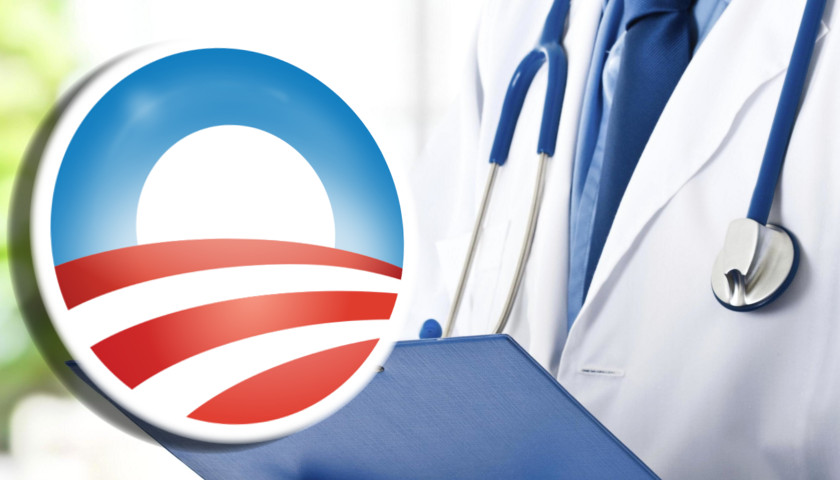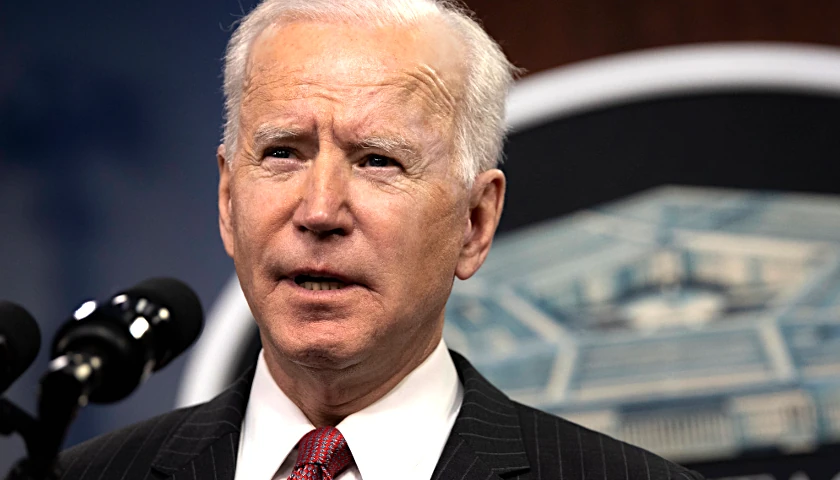By Peter Moorman
On August 1, the departments of Health and Human Services, Labor, and the Treasury released a final ruling on the expanded use of STLDI plans (Short Term, Limited Duration Insurance). Prior to this ruling, short-term insurance plans lasted a maximum of three months before individuals had to sign up for longer-term plans through the ACA “ObamaCare” exchanges. The new ruling issued last Wednesday allows short-term plans to last for up to 364 days, and, with any potential extensions, up to 36 months in total.
The rule change is a step in the right direction since it creates more options for health insurance, but it doesn’t go far enough.
The Trump solution is a win for more state control of healthcare.
It will be important, however, to empower consumers rather than putting too much power in government bureaucracies. According to the new ruling, state insurance commissioners are free to restrict the duration of the short-term plans as they see fit.
Last Wednesday’s ruling – set to go into effect on September 30 – sets up the short-term health insurance policies to be sold differently state-by-state. This will most likely create more health insurance options for those living in Republican controlled states like Texas, while individuals in states like California will probably still see the three month restrictions on short-term plans as a way to ensure that more people stay with the costly ObamaCare plans. States even have the right to outright ban the sale of the short-term product, which, again, could be something we see from liberal states.
The sharp difference across state lines in healthcare premiums is already a problem with the current ObamaCare system. Health care premiums across state lines can vary by as much as $400 a month. The expansion of the short-term plans will only make the price difference greater across states, depending on how state insurance commissioners implement the new ruling.
This is not the free market reform health insurance desperately needs. One of President Trump’s big promises on the campaign trail was his desire to see health insurance sold across state lines. Repealing ObamaCare and opening up health insurance competition across state lines is a much better solution.
According the U.S. Department of Health and Human Services, the average monthly premium for an individual in the fourth quarter of 2016 with an ObamaCare plan was $393. The much cheaper short-terms plans are only $124 per month, a savings of more than $3,228 in yearly premiums
The short-term insurance plans are most appealing to the type of individuals that are needed to keep the premiums down in the ObamaCare plans. Once the young, healthy people flee to the new, cheaper short-term plans, the most vulnerable individuals will be left with higher premiums and less choices under the failing state of ObamaCare.
An independent study by Medicare’s chief actuary found that this new ruling will cost the government $1.2 billion next year and a total of $38.7 billion over 10 years due to subsidies for rising premiums.
There are also several loopholes that will be costly for the government if individuals opt for the short-term plans.
For example, there are currently no short-term plans that offer maternity coverage. Young, healthy couples that are expecting children will opt for the more affordable short-term plans then switch over to ObamaCare to help take care of the delivery costs ($8,000-$13,000) since pregnancy is considered a pre-existing condition that can’t be denied coverage under the Affordable Care Act.
Also, most of the short-term plans also don’t offer coverage for prescription drugs, mental health counseling, or substance abuse treatment. Healthy individuals who see no need for this type of insurance will select short-term plans then jump back into ObamaCare once a need for prescriptions or counseling services arise.
And unlike ObamaCare plans, the short-term plans usually have yearly and lifetime maximums for health care expenses. Once someone on the short-term plans reaches these limits, they can switch over to the ObamaCare plans to take advantage of the ACA’s rules against denying coverage for pre-existing conditions and lifetime healthcare expense limits.
Of course, these examples are only guesses of what will happen with the new ruling from the Trump Administration, but thanks to a unique situation in Tennessee, we already have proof about the consequences of a separate health insurance marketplace not playing by the same rules as ObamaCare.
Through a 1993 law, the state of Tennessee allows the Tennessee Farm Bureau to sell health insurance to individuals. The Farm Bureau’s ‘health insurance’ is exempt from ObamaCare rules like guaranteed issue and coverage for pre-existing conditions. This allows the Tennessee Farm Bureau to continue to sell coverage options that compete against ObamaCare-compliant plans, similar to what will happen once last Wednesday’s ruling goes into effect at the end of next month.
The situation in Tennessee is so bad the Insurance Commissioner characterized the ObamaCare exchanges as “very near collapse.”
A Society of Actuaries paper analyzed the risk mix in ObamaCare plans in 2015 and found that, excluding Arkansas, Tennessee’s ObamaCare-compliant individual market had the worst risk score of any state in the country. This finding is not surprising considering how much more attractive the Farm Bureau’s health insurance plans are for healthier, younger people.
At the end of 2016 United Healthcare completely exited the Tennessee market. All three of Tennessee’s major health insurance issuers increased rates in 2017 in excess of 40% because Tennessee’s risk score was so high. This is something we’ll likely see nationwide if healthier individuals opt for the short-term plans instead of ObamaCare.
The case of Tennessee is the best example of what will likely happen once the new short term insurance plans become law at the end of next month. Not only will healthy individuals flee the costly ObamaCare plans, but insurance companies will leave the ObamaCare exchanges as well since the pool of risk is too high.
Ideally President Trump and Congress can work together to repeal ObamaCare – something that was almost a reality until John McCain decided against it.
The next-best solution is for the Trump Administration to immediately open up competition across state lines for health insurance, something he has already promised repeatedly on the campaign trail and while in office.
Shortly after the Obama administration decided that everybody needed health insurance and dictated what type of health insurance everybody needed, premiums skyrocketed, insurance companies left markets, and individuals were forced to pay for products they didn’t want or face the threat of an unwelcome letter from the IRS.
The repeal of the individual mandate was a good step in opening up more options for health care, but a complete repeal of the Affordable Care Act is ultimately what is needed.
President Trump’s promise to “drain the swamp” needs to include the dismantling and repealing of the bureaucratic, overpriced, and abject failure of ObamaCare.
– – –
Peter Moorman is a small business owner who previously worked for the Leadership Institute, a group focused on expanding the conservative movement.




